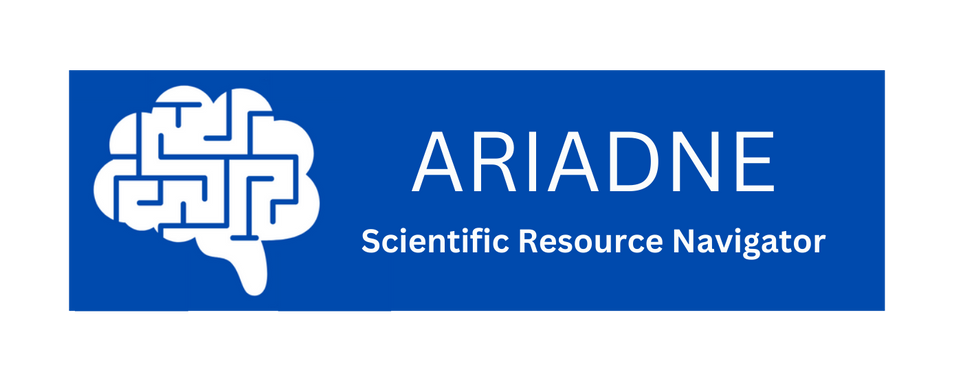STEP 9: Publication#
There are many ways in which to disseminate scientific work (Bourne, 2005; see Step 10), some of these are summarized in ARIADNE.
Preprints. Preprints facilitate early access to the manuscript, which helps researchers to document their scientific or academic work and may even be used to assert priority (e.g., ➜ MetaArXiv, ➜ BioArXiv, ➜ PsyArXiv, or ➜ PsychArchives; Bourne et al., 2017). Preprint publication often happens simultaneously with the submission to the target journal. Some have suggested that the accessibility and reception of a manuscript may make it easier to assess the quality of scientific work than bold claims about the novelty or impact of the work (e.g., in scholar-governed information infrastructures as opposed to legacy journals; Brembs, 2019). However, be aware that some journals still prohibit the upload of all or specific manuscript versions as preprints (➜ Sherpa Romeo).
Journal submission. Most journals ask researchers to submit the manuscript together with a cover letter (see glossary). The cover letter allows researchers to demonstrate the relevance and quality of their work. However, some journals also actively discourage the submission of a cover letter to let the manuscript “speak for itself”.
Peer review. Once the manuscript is under peer review (see glossary), reviewers might raise more or less critical issues about the manuscript and inform the editor handling your paper (Suls & Martin, 2009). In this context, fellow researchers provide comments that may be useful for a critical re-evaluation of the manuscript. The editor then recommends either acceptance, minor revisions (both rarely happen on the first submission), major revisions, revise and resubmit (see glossary), or rejection. It is important to note that these terms and their meaning may vary from journal to journal (for example, ‘reject’ might sometimes indicate an option to resubmit a revised version and sometimes not). Some journals (e.g., Collabra), include a page with the meaning of these different statuses. Addressing each issue raised by the reviewers in a well-crafted, point-by-point response rebuttal letter (Palminteri, 2023; see glossary) allows researchers to demonstrate that criticized parts of the manuscript have been revised to an extent that warrants the acceptance of the manuscript (Noble, 2017) or to argue why suggested changes have not been implemented.
Open code, data, and materials. Following acceptance, researchers may think about publishing their data and code together with the manuscript in a way that allows easy access to and reuse of the work (Goodman et al., 2014). Ultimately, sharing open code, data, and materials with licenses, is highly favorable considering the rise in open science practices (Contaxis et al., 2022). However, server’s privacy policies and the respective lawful basis (e.g., General Data Protection Regulation; Houtkoop et al., 2018, Peloquin et al., 2020) should be carefully considered when choosing a platform (➜ Open Science Framework, ➜ Zenodo, or ➜ PsychArchives). Published products can be assigned their own Digital Object Identifier (DOI) and constitute important research outputs next to published manuscripts (e.g., in modular publishing using ➜ Octopus or ➜ ResearchEquals).
Publication. This process until seeing your paper published can take several months (in rare cases even years) and this time should be factored in Step 1, where a time plan of the project is first established. If your manuscript is rejected by your first journal choice, a submission to an alternative journal is usually warranted. An appeal (i.e., contesting the rejection) can only be considered in exceptional cases. Crucially, if you notice an error only after publication (e.g., a software bug or faulty code/input data), this should be discussed with the co-authors and corrected in the published article as soon as possible (Bruns et al., 2019).
Key questions in this step#
Where to upload data, code, materials, and/or a preprint?*
Is the published data FAIR (“Findable, Accessible, Interoperable, and Reusable”)?*
How to write a cover letter?
How to write a rebuttal to reviewer comments?
Questions with an asterisk indicate that these should ideally already be explored before starting a project.
